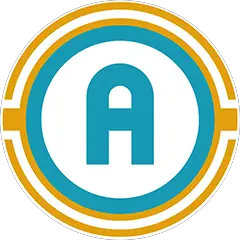Physical Computing with Arduino
"Physical Computing with Arduino" is an engaging and hands-on class designed to introduce students to the exciting world of Arduino and physical computing. Arduino is an open-source platform that combines software and hardware, allowing users to create interactive projects and prototypes.
In this learning path, participants will learn the basics of Arduino, including its architecture, programming language, and the wide range of sensors, actuators, and components that can be used with it. The learning path will cover fundamental concepts such as digital and analog input/output, data types, variables, loops, and conditional statements.
Through a series of practical exercises and projects, students will gain proficiency in programming Arduino boards to interact with the physical world. They will learn how to read input from sensors like temperature, light, or motion, and use that data to control various actuators such as LEDs, motors, and displays. Students will also explore communication protocols like I2C and Serial to interface Arduino with other devices and systems.
Additionally, this learning path will emphasize the importance of prototyping, problem-solving, and iterative design. Students will have the opportunity to apply their newly acquired knowledge to create their own interactive projects, fostering creativity and innovation.
Introduction to Arduino: Blinking LED
"Introduction to Arduino: Blinking LED" is an engaging and hands-on class that introduces participants to the fascinating world of Arduino microcontrollers, with a focus on creating a blinking LED project. Arduino is an open-source electronics platform renowned for its simplicity and versatility.
Getting Started with Arduino: Exploring LEDs
"Getting Started with Arduino: Exploring LEDs" is an exciting and comprehensive class that explores advanced concepts in Arduino programming and circuit design. Participants will learn how to create captivating lighting effects by fading LEDs, randomize blink patterns for dynamic displays, work with parallel LED circuits for synchronized lighting, and utilize RGB LEDs to generate a spectrum of colors.
Sensing the Physical World with Arduino
In this comprehensive course, we will delve into the fundamentals of sensors, understanding how they capture and respond to the surrounding environment. You'll learn how to interface a variety of sensors with Arduino boards, unlocking the potential to gather data from the physical world and use it to control and manipulate your projects.
Working with Servo Motors
Join our dynamic online class where we delve into the exciting world of potentiometers and servo motors, unlocking the potential of these fundamental components in the realm of Arduino projects. In this course, participants will gain a comprehensive understanding of how to harness the power of potentiometers for analog input and master the precision control offered by servo motors.
Arduino Intro Course I
Arduino Intro Course 1 Certification Test
This 60-item certification test assesses your foundational knowledge and practical skills in Arduino programming and electronics. It covers key concepts such as Arduino board components, circuit connections, programming with the Arduino IDE, and working with various input and output devices, including servo motors and LCD displays.


